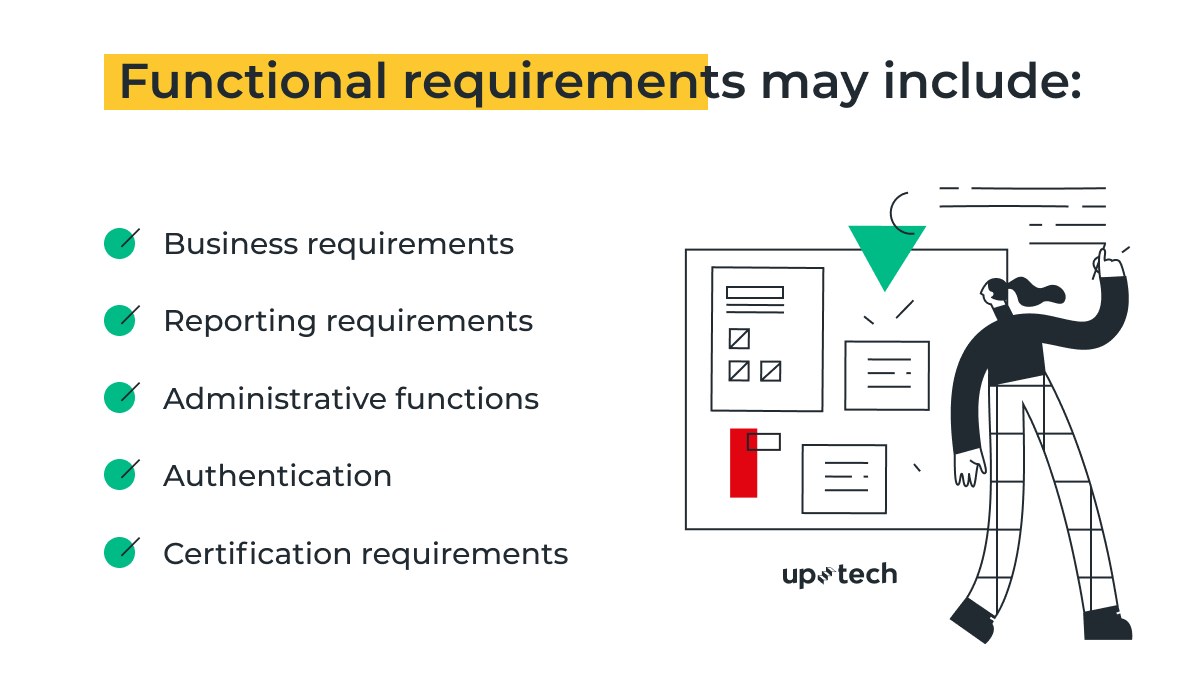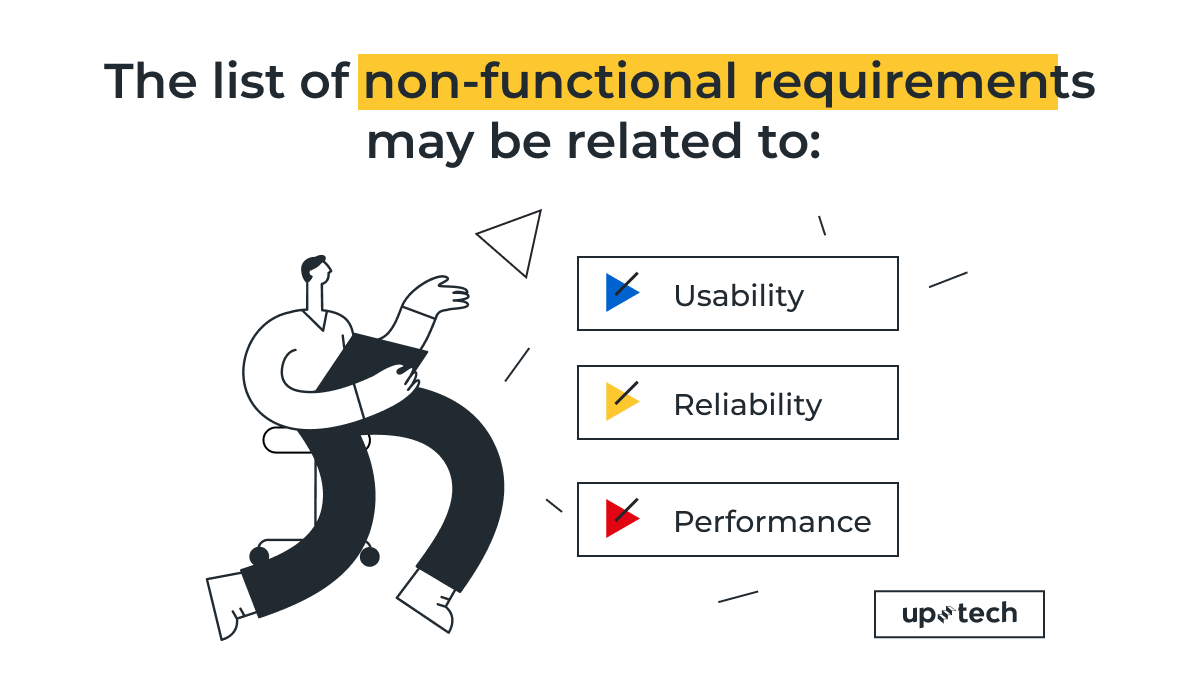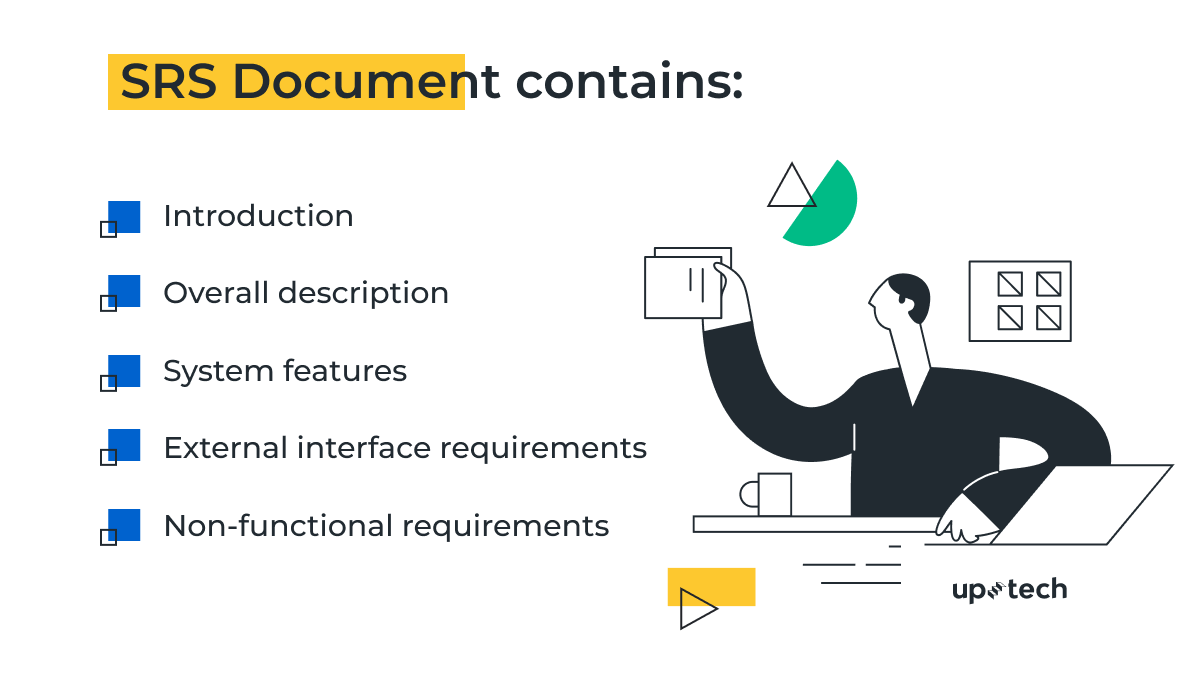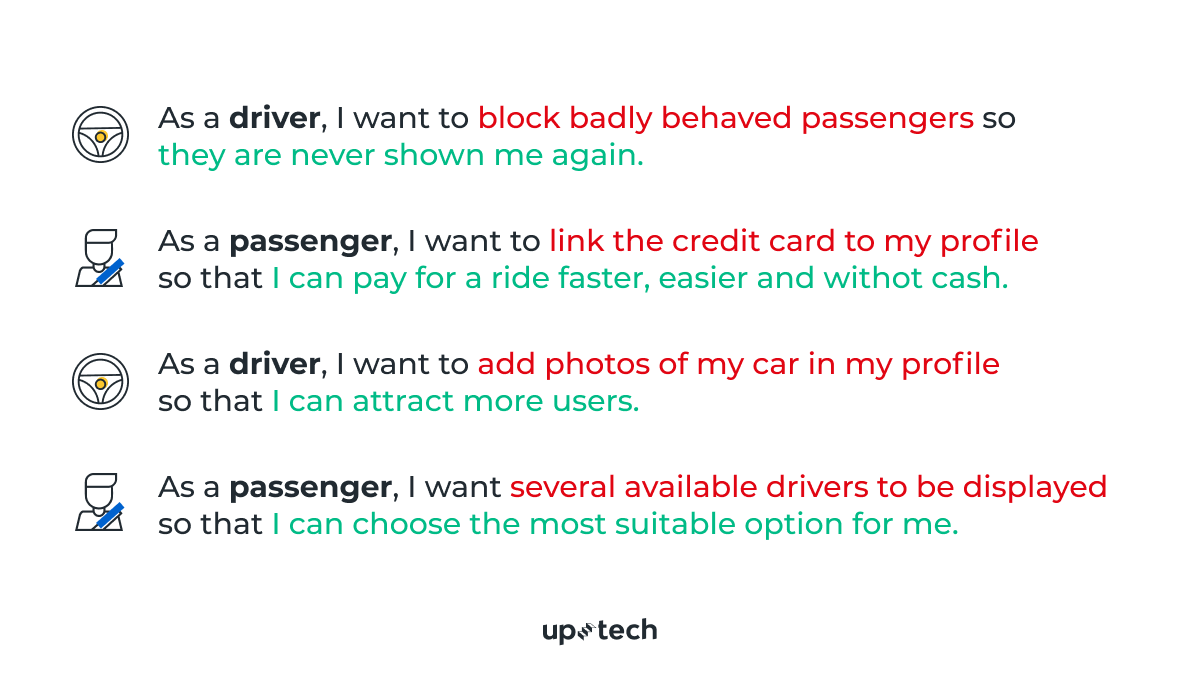Strict requirements are the cornerstones of a successful product. This is true for any project you work on. It’s no wonder that 68% of projects with precise requirements succeed in meeting the quality standards. However, the confusion begins when you encounter the functional vs. non-functional requirements’ standoff.
What is the difference between functional and non-functional requirements in software engineering? Why does this distinction even matter? And why both functional and non-functional requirements are important for your project to hit the mark? You will find out the answers to these questions in this article.

What Are Functional Requirements?
Functional requirements are the specifications of the product’s functions (features). Simply put, functional requirements define what precisely a software must do and how the system must respond to inputs. Functional requirements define the software's goals, meaning that the software will not work if these requirements are not met'.
Requirements, both functional and non-functional, are crafted by business analysts. It falls upon their shoulders to communicate with clients, figure out their needs and wants, and translate them into specifications.
Functional requirements may include:
- business requirements
- reporting requirements
- administrative functions
- authentication
- certification requirements
For example, when you sign in on a website, you receive an email notification confirming your registration. At the development stage, sending email notifications is written down as a functional requirement.

What are non-functional requirements?
While functional requirements define the system’s fundamental behavior, non-functional requirements set out how the system will carry out this function. Let’s get back to the email notification example. The fact that the system will automatically send an email notification is a functional requirement. Non-functional requirements will dictate when (5 seconds after sign-up) the email ought to be sent.

The list of non-functional requirements may be related to:
- Usability
- Reliability
- Performance
Unlike functional requirements, non-functional requirements do not form the backbone of the system. That means the system will still work if the non-functional requirements are not met.
Yet, one should not downplay the role of non-functional requirements. While functional requirements are primarily focused on the client’s needs, non-functional requirements are more user-oriented. A website that takes more than 30 seconds to load will still meet the function functional requirement but doesn't hit the mark in other areas.
Functional vs. Non-Functional Requirements: Why is the Difference Important?
Although both functional and non-functional requirements are essential, the question remains: is it necessary to distinguish between them?
To some extent, no. In practice, developers never draw the line between the two but simply do their job – execute the products’ features as well as possible.
Nevertheless, the distinction between the functional and non-functional approach is important when it comes to the client’s needs. When the client sets about a project, he has specific needs and wants. Both needs and wants should be converted into the work scope, and here is where the difference comes in handy.
Sometimes, after overseeing the budget and cost, the client concludes that some requirements can be modified, simplified or replaced. As a rule, changes are only made on non-functional requirements.

How are Requirements Written?
Both functional and non-functional requirements do not materialize in thin air.They are written down and exist in a variety of forms. For example, specification documents, user stories, use cases, etc. Let’s dig into each of them.
Software Requirements Specification (SRS Document)
The most widely used form for software requirements is a specification document. The information in a specification document indicates which functions a product must include and how it must perform them. In other words, this is a detailed description of all features a product comprises.
The SRS document's primary purpose is to translate the client's needs and wants into a language comprehensible to the development team. The SRS identifies even the tiniest product details, making it an essential document for estimating the final cost and time for development
A typical SRS document contains the following sections:
Introduction: usually covers the purpose, definitions of terms (document conventions), references (materials and literature providing facts and grounds to use specific technologies and theories).
Overall description: includes Product features (detailed description of features), Design and Implementation constraints (stipulates the standards for coding, data exchange and restrictions set forth by the business logic of a project).
System features: an explanation of how each feature should function.
External interface requirements: describes how the system is supposed to interact with the external world.
Non-functional requirements: performance requirements, software quality attributes, security requirements.
For example, check out a typical SRS document developed by Michigan State University.

User Stories
User stories are product specifications put to life and told on behalf of a user. Usually, user stories are arranged in a couple of sentences and have the following structure: as a (user role), I want to (goal) so that (reason).
User stories are necessary to shift the focus from writing down the product’s features to a meaningful discussion. These stories are put on paper cards or sticky notes for the developers’ team to use while brainstorming during planning meetings.
Here’s an example of Amazon’s user story:

Or let’s make up a user story for an on-demand ride-sharing app like Uber. Here are a few examples of how they would look like:

User Cases
Like user stories, use cases are a part of the Agile development routine. Use cases reflect all the possible ways a user can interact with the system. Although the two terms sound familiar, user stories and use cases are quite different things. While a user story reflects the end purpose of a feature, a use case describes the steps or the flow that leads to the purpose.
For instance, if you want to make an e-commerce platform (like Amazon), there are a number of actors you should think of: buyers, sellers, wholesale dealers, auditors, suppliers, distributors, customer care etc.
Now let’s forecast the actions of these actors. Some of them may coincide.
- Both Buyer/Seller “Sign In or Search for Item”;
- Buyer/Seller actions: “Create an Account”;
- User actions: searching on-site, adding an item to favorites, trying to contact etc.
How do we work with requirements at Uptech?
The critical rule of thumb within the Agile environment reads, “Working software over comprehensive documentation.” By adhering to Agile methodology, our team avoids tons of heavy documentation. For that account, in our work, we give preference to User Stories and Acceptance criteria. The combination of both documents clarifies the steps a team should take and how a product should work.
In our practice, we have faced two scenarios of client collaboration.
In the first one, a client has a distinct vision of the product and a list of requirements all figured out on paper. In this case, we usually follow a sequence of steps:
- discuss the details with the client;
- create user flow;
- make features breakdown;
- define weak points on the user flow which should be validated;
- modify the initial SRS to start working with.
- Test the user flow, and validate the features.
In the second scenario, all that a client brings to the table is the idea of a product. In such cases, we try to take it slow and move by iterations. At the outset, we brainstorm and gather as much information as possible. Then we convert this data into the specified requirements for two sprints ahead. After that, we move on to aligning new requirements by figuring out current tasks and plan for the next sprints.

Conclusion
The division in functional and non-functional requirements is mostly technical. In reality, the two types of requirements co-exist as a single set of specifications for your future product.
Requirements’ setup is an essential part of software product development, determining how the product will function in the long run. A product manager and a business analyst are professionals who can help you to accurately figure out the specifications of your product better.
Our team is always eager for new challenges. Contact us to discuss your idea and think about how we could put it into life.



















































































.avif)
















